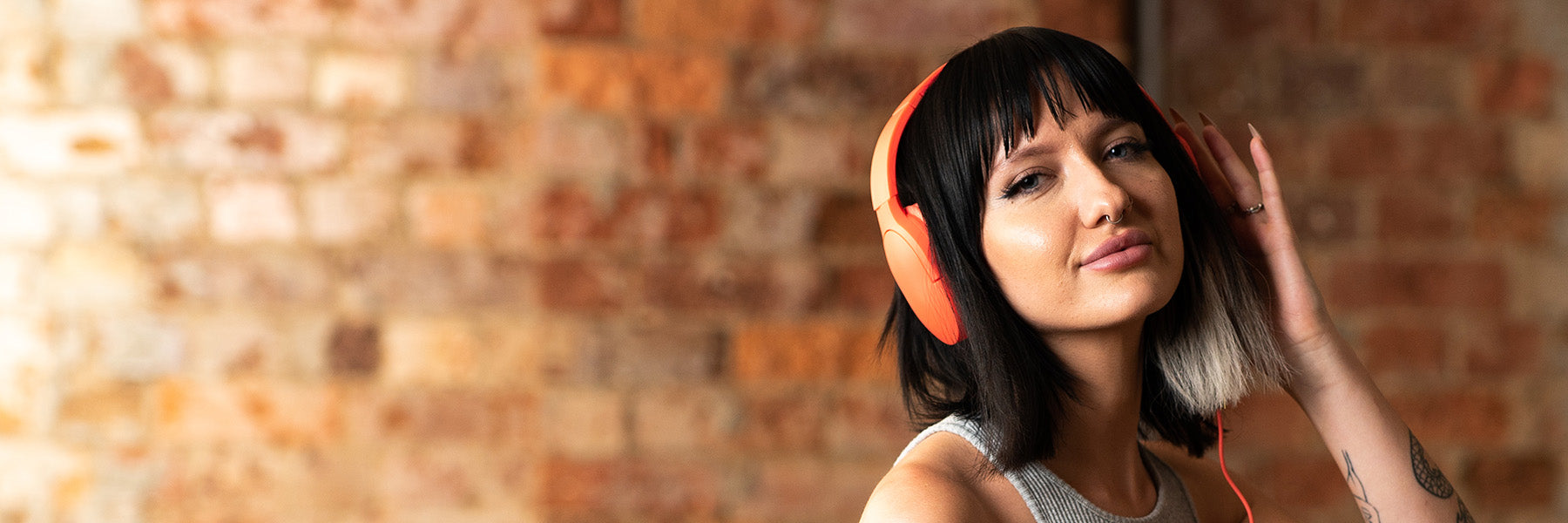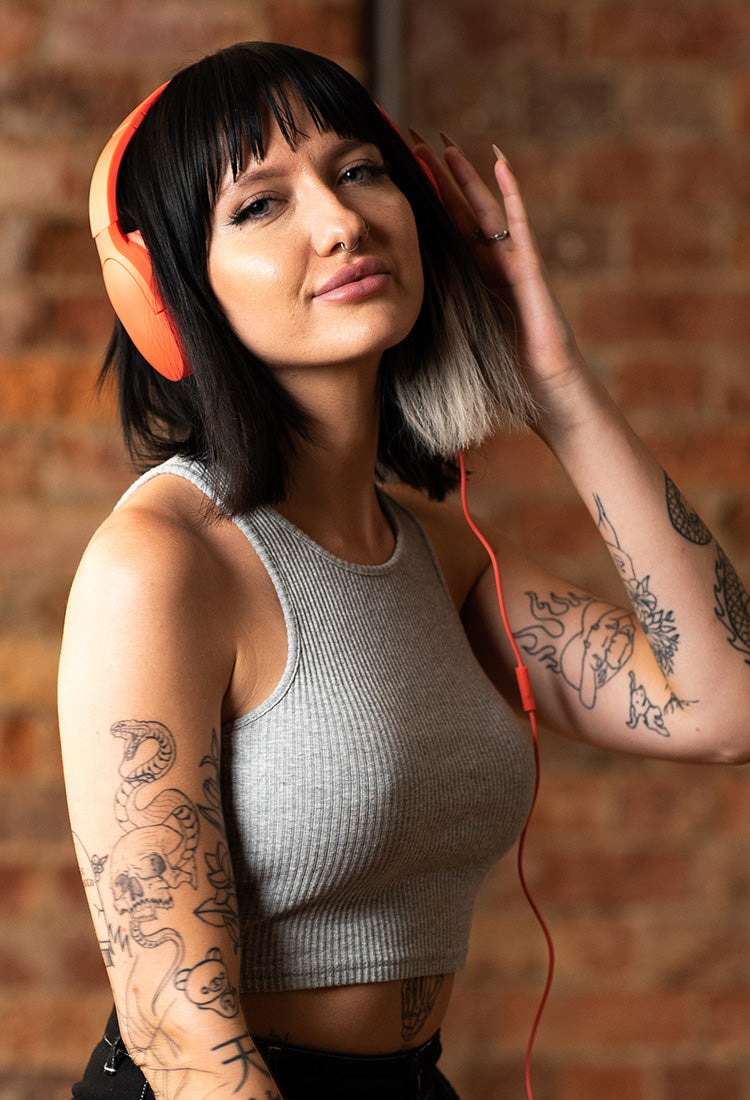Affordable Great Quality Audio Gear
We have a full range of personal audio products to suit everyone's taste and situation, from compact true wireless stereo earbuds to night light radio clocks.
Liquid Ears is available from leading retailers across Australia and is available to order online.
Experience the Versatility
Where can I purchase Liquid Ears products?
You can order directly from us or you can find Liquid Ears products available from leading retailers across Australia.
Do you ship overseas?
We currently deliver to Australian residents only. If you have a bulk order, contact our friendly team via our contact us form located on the Contact page.
How long will it take to get my orders?
It depends on where you are. Orders processed here will take 5-7 business days to arrive. Delivery details will be provided in your confirmation email.
Can I return my product?
We always aim to make sure our customers love our products, but if you do need to return a product, please return it to your place of purchase with the proof of purchase for a repair, replacement or refund.
If you need further support with a product, contact us via the Contact page and we’ll take you through the process.

See our Liquid Ears range in action.
Watch the video


